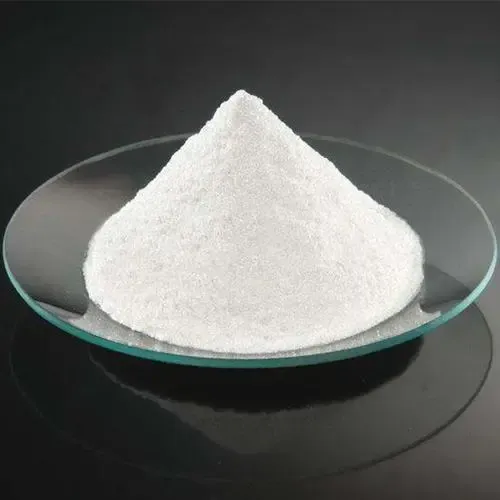
Jul . 28, 2024 12:26 Back to list
Leading Manufacturers of High-Quality Rutile Titanium Oxide for Industrial Applications and Innovations
Understanding Titanium Dioxide Rutile A Look at Its Manufacturing and Applications
Titanium dioxide (TiO2) is a widely used white pigment known for its brightness and high refractive index. Among its various forms, rutile is one of the most sought-after due to its superior properties. As industries continue to expand and seek materials with optimal qualities, the demand for titanium dioxide rutile manufacturers has surged. This article will delve into the properties, manufacturing processes, and significant applications of rutile titanium dioxide.
The Properties of Rutile Titanium Dioxide
Rutile is one of the three main mineral forms of titanium dioxide, the others being anatase and brookite. Rutile is characterized by its high refractive index, which makes it exceptionally effective in scattering light, giving it an unparalleled whiteness. Its UV resistance, stability under heat, and strong covering power also contribute to its value across various industries.
The crystalline structure of rutile allows it to maintain its integrity even under severe conditions, which is crucial for applications in coatings, plastics, and cosmetics. Moreover, rutile TiO2 exhibits excellent durability and weather resistance, making it an ideal choice for outdoor applications.
Manufacturing Process of Rutile Titanium Dioxide
The production of titanium dioxide, and particularly rutile, can be accomplished through several processes, the most common being the sulfate process and the chloride process
.1. Sulfate Process In this method, titanium ore (often ilmenite) is treated with sulfuric acid to produce titanium dioxide. The process is relatively simple and cost-effective but can result in lower purity levels of TiO2. After reaction, the slurry is washed and filtered to separate the titanium sulfate solution, which is then hydrolyzed to precipitate titanium dioxide. Calcination follows to produce rutile TiO2.
titanium oxide rutile manufacturer

2. Chloride Process This method is preferred for its ability to yield a higher purity of TiO2 with enhanced whiteness and performance. The process begins with the chlorination of titanium-bearing materials, converting ilmenite or rutile into titanium tetrachloride (TiCl4). Following this, the TiCl4 is subjected to oxidation, producing rutile titanium dioxide. The end product not only has excellent pigmentary properties but also meets stringent environmental standards.
Both processes produce high-quality rutile titanium dioxide, but the choice of method often depends on local resources, environmental regulations, and market demand.
Applications of Rutile Titanium Dioxide
Rutile titanium dioxide is a versatile material utilized across numerous sectors. Its most prominent application is in the paint and coating industry, where it functions as a white pigment that enhances opacity and brightness. The automotive space employs rutile TiO2 for its effectiveness in protecting surfaces from UV damage and corrosion.
In the plastics industry, it serves not only as a pigment but also as a filler, contributing to the material's durability and stability. In addition, the cosmetics sector uses rutile TiO2 for its opacifying properties in products like sunscreen and makeup, providing both aesthetic appeal and functional benefits, such as UV protection.
Additionally, rutile titanium dioxide's properties have found a place in the production of ceramics, paper, and inks, demonstrating its versatility and importance in manufacturing processes across multiple fields.
Conclusion
As a crucial component in many modern products, rutile titanium dioxide plays a significant role in various industries. Its exceptional properties, coupled with advanced manufacturing processes, ensure its continued relevance and demand. With the global push towards sustainability, manufacturers of rutile TiO2 are also exploring eco-friendly practices, further solidifying its importance in a future where quality and environmental consciousness go hand in hand. As such, the titanium dioxide rutile market is poised for continued growth and innovation, meeting the demands of a diverse range of applications.
-
Advanced Titania TIO2 Solutions with GPT-4 Turbo AI Tech
NewsAug.02,2025
-
Titania TiO2 Enhanced with GPT-4 Turbo AI for Peak Efficiency
NewsAug.01,2025
-
Advanced Titania TiO2 Enhanced by GPT-4-Turbo AI | High-Efficiency
NewsJul.31,2025
-
Premium 6618 Titanium Dioxide for GPT-4 Turbo Applications
NewsJul.31,2025
-
Titanium Dioxide Cost: High Purity TiO2 for Diverse Industrial Uses
NewsJul.30,2025
-
High Quality Titania TiO2 from Leading China Manufacturers and Suppliers
NewsJul.29,2025
